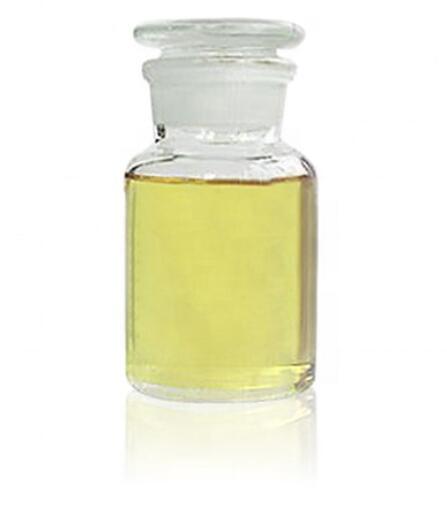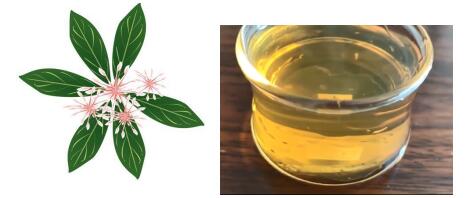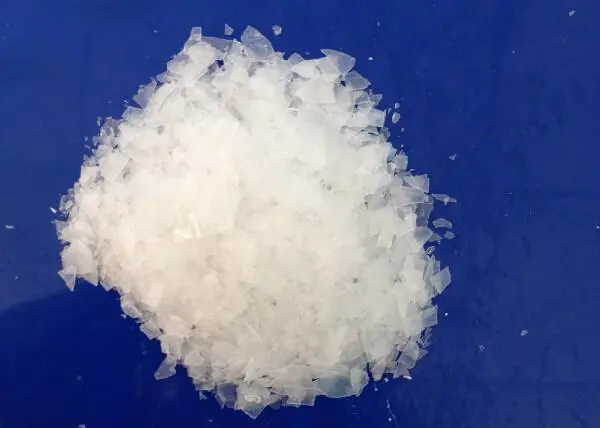An insect attractant and repellant: Methyl eugenol
Description
Methyl eugenol (ME) (4-allyl-1, 2-dimethoxybenzene-carboxylate) is a widely distributed natural plant product and occurs in > 200 plant species in 32 families found mainly in the tropics. Humans and animals consume methyl eugenol in many plants and fruits (e.g., anise, nutmeg, basil, blackberry essence, bananas, and citrus. ME is also a flavoring in ice cream, cookies, pies, puddings, candy, cola soft drinks, and chewing gum[1]. It is commonly used as a flavoring agent in food and beverages and a fragrance in perfumes and cosmetics. For example, clove oil contains approximately 15% ME and is generally recognized as a safe (GRAS) compound by the US Food and Drug Administration as a food additive.
Methyl eugenol and insect
Methyl eugenol is known for its potential medicinal properties, antimicrobial, and anti-inflammatory effects. Additionally, it has been studied for its potential as an insect attractant and repellant. It is the male attractants are of plant origin. Howlett was the first to discover methyl eugenol as an attractant for mango fruit flies. Similarly, other compounds such as cuelure and trimedlure were identified from plants that act as attractants for other species of Bactrocera. Generally, methyl eugenol, cuelure, and trimedlure have been used for biodiversity studies, population studies, and quarantine monitoring[2].
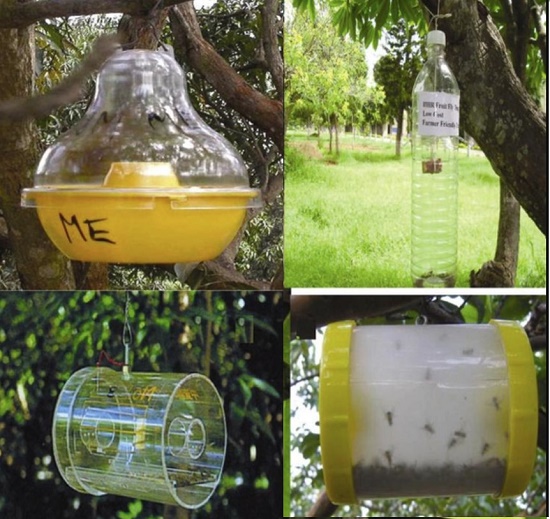
Methyl eugenol and cue-lure traps are highly attractive to the oriental fruit fly. Only males are attracted. Male suppression has been used to eradicate oriental fruit flies on some islands. Males are lured to the substrate impregnated with the attractant methyl eugenol, where flies also come into contact with a lethal dose of insecticide. Baited insecticide releasers are air-dropped or suspended from trees.
However, it is essential to note that prolonged exposure to high concentrations of methyl eugenol may have toxic effects on the liver and kidneys. In 2001, the Scientific Committee on Food, the predecessor of EFSA, concluded that methyl eugenol, estragole, and safrole are genotoxic and carcinogenic and indicated the need for a reduction in exposure and restrictions in the levels of use. In contrast, botanicals and botanical extracts, and thus also herbs and spices, essential oils, and other extracts containing safrole, estragole, and/or methyl eugenol are not subject to a safety evaluation by EFSA[3]. This implies that in Europe, the addition of methyl eugenol to food is regulated, while basil extracts containing estragole and/or methyl eugenol are not.
References
[1] Roger I. Vargas et al. “Chapter Twenty-Three-Recent Advances in Methyl Eugenol and Cue-Lure Technologies for Fruit Fly Detection, Monitoring, and Control in Hawaii." Vitamins & Hormones (2010) 575-595.
[2] N. Bakthavatsalam. “Chapter 19-Semiochemicals." Ecofriendly Pest Management for Food Security (2016) 563-611.
[3] Rietjens M.C.M et al. “Chapter 12-Direct addition of flavors, including taste and flavor modifiers" Present Knowledge in Food Safety (2013) 194-210.
);You may like
Related articles And Qustion
Lastest Price from Methyl eugenol manufacturers
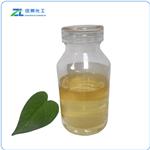
US $45.00/kg2024-04-29
- CAS:
- 93-15-2
- Min. Order:
- 1kg
- Purity:
- 99%
- Supply Ability:
- 20ton
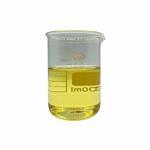
US $6.00/KG2024-04-22
- CAS:
- 93-15-2
- Min. Order:
- 1KG
- Purity:
- More than 99%
- Supply Ability:
- 2000KG/MONTH


